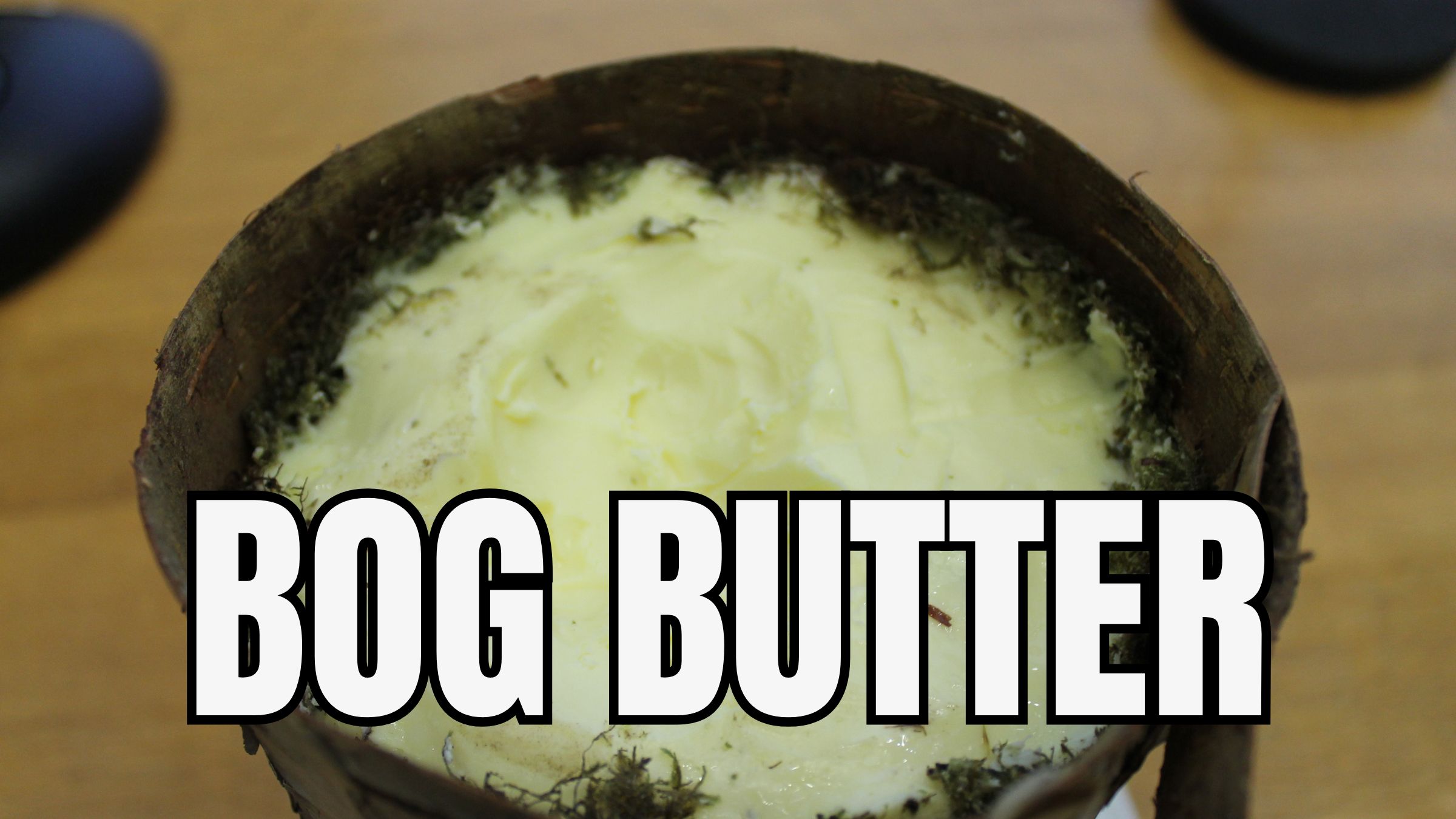
"Bog butter is precisely what the name suggests: butter-traditionally made from cow's milk-deliberately buried in peat bogs. Over the centuries, the butter undergoes a transformation, developing a waxy texture and strong aroma due to the unique environmental conditions of the bog. The high acidity, low oxygen levels, and consistently cool temperatures combine to create a natural refrigeration system that preserves organic material remarkably well."
"During the Iron Age and medieval periods, butter was far more than a common foodstuff. It was a precious commodity-used in cooking, as a cosmetic or salve, and even as a form of payment or tax. As such, preserving it was essential. In a time without refrigeration, burying it in a bog may have been a practical solution to extend its shelf life, particularly during warmer months."
Peat bogs preserved lumps of buried dairy butter and occasionally animal fats for centuries by providing high acidity, low oxygen, and cool, stable temperatures that acted as natural refrigeration. Buried fats developed a waxy texture and strong aroma while remaining preserved. Some deposits are dairy-based and others are likely tallow used for cooking, lighting, or waterproofing. Butter functioned as food, cosmetic, salve, and a form of payment or tax, making preservation essential. Many finds from the Iron Age through the medieval period were kept in wood, hide, or ceramic containers, often sealed with bark, indicating intentional storage and protection.
Read at Medievalists.net
Unable to calculate read time
Collection
[
|
...
]